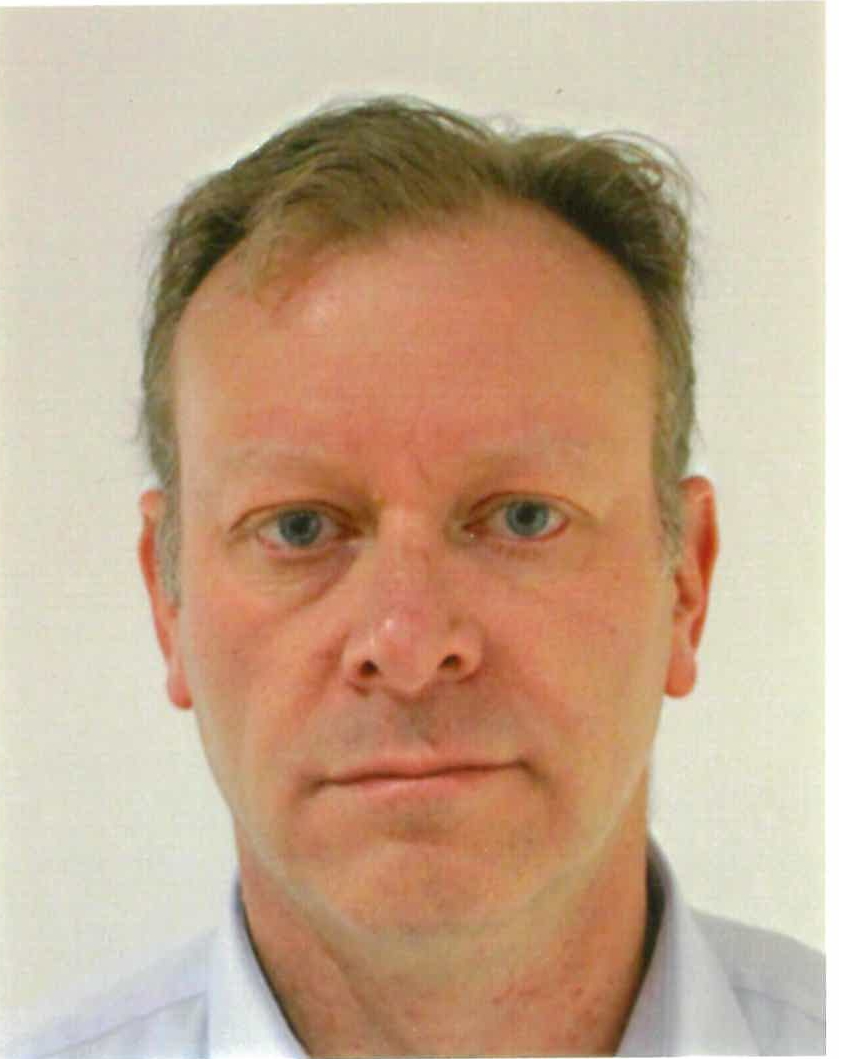
Driving tangible impact through structural dynamics
From sailing boats and manta rays to heart valves and hypersonic flight, research into fluid-structure interaction (FSI) is broad. Fluid-structure interactions occur when the motions of a fluid and a solid are coupled. They occur in nature and as a result of man-made systems we encounter in our everyday lives. When leaves flutter in the wind, when your heart beats, or when the wings of a plane vibrate, an interaction is occurring between a physical structure and a surrounding or internal fluid flow.
When a fluid flow like a liquid or gas encounters a structure, stresses and strains are exerted on the solid object. These forces can lead to deformations which can change the boundary conditions of the fluid flow. Understanding how these changes affect physical structures is a crucial consideration in the design of many engineering systems like aircraft, spacecraft, engines and bridges. Failing to consider the effects can be catastrophic, especially in structures comprising materials susceptible to fatigue, fractures and high temperatures.
Associated schools, institutes & centres
Impact
As a multiphysical coupling between fluid dynamics and structural mechanics, fluid-structure interaction effects can be determined through experiments and numerical FSI simulations. Our research focuses on improving our understanding of the fundamental physical and chemical processes associated with high-speed aircraft and planetary entry to help develop and test the technologies required to achieve practical hypersonic flight.
Our fluid-structure interaction analysis methods have been extensively used by academics and industry stakeholders such as biomedical firms, heat safety consulting services and the Australian Institute of Sport.
We examine a wide variety of fluid regimes and application areas in both fundamental and applied studies including:
- FSI and fatigue in subsonic and supersonic flow in gas turbines; and hypersonic flows in scramjets.
- Blast and cavitation effects on deformable structures.
- Fluidic thrust vectoring using shocks to turn the flow rather than using actuators.
- Shock structure interactions for projectiles close to walls.
- FSI and fluid-structure-acoustics interaction of insect wings, learning from nature in the optimization of flapping kinematics and structural stiffness distributions for maximum lift and power economy.
- Stability and control of flapping-wing based drones.
- Vortex dynamics for power generation from flapping foils and deformable structures such as flags and filaments.
- Machine learning in fish swimming for schooling and robust adaptation to changing flow environments.
- Cell transport and deformation in blood flows, aimed at drug delivery mechanisms.
- Particulate separation in Newtonian and non-Newtonian flows.
Competitive advantage
We've developed novel experimental techniques to measure the thermal fluid-structure interaction behaviours of high-speed vehicles and propulsion systems. From this, we are developing innovative control strategies for thermal FSI, shock-boundary layer interaction, aero drag and thermal management. We've also contributed considerably to developing numerical simulations of fluid-structure interaction and complex flows by incorporating a few features into both Cartesian and body-conformal mesh methods. Our effort now makes it possible to model FSI problems involving complex geometries, large deformation, non-Newtonian rheology, shock and blast waves, acoustics and fractures.
Successful applications
The technologies developed in our investigations of fluid-structure interactions have had applications in many areas including:
- biomechanical sensing and modelling
- airspeed measurements for commercial aircraft
- measurement and simulation of component performance in gas turbines
- numerical methods for blood flows that have been used to diagnose the functional significance of stenosis in arteries by a biomedical firm
- the assessment of fire and chemical emission safety of buildings by a consulting company and Defence
- improving the performance of cyclists at the Australian Institute of Sport.
-
- Defence Science & Technology (DST) / US Air Force (USAF) Hypersonic International Flight Research Experimentation (HIFiRE) and the European Space Agency (ESA) High-Speed Experimental Fly Vehicles – International (HEXAFLY-INT)
- University of Southern Queensland
- University of Oxford
- University of Cambridge
- University of Florida
- Vanderbilt University
- Indian Institute of Technology, Roorkee
-
Ma J; Wang Z; Young J; Lai JCS; Sui Y; Tian FB, 2020, 'An immersed boundary-lattice Boltzmann method for fluid-structure interaction problems involving viscoelastic fluids and complex geometries', Journal of Computational Physics, vol. 415, 109487.
Wang L; Tian FB; Lai JCS, 2020, 'An immersed boundary method for fluid–structure–acoustics interactions involving large deformations and complex geometries', Journal of Fluids and Structures, vol. 95, 102993.
Prakash R; Le Page LM; McQuellin LP; Gai SL; O'Byrne S, 2019, 'Direct simulation Monte Carlo computations and experiments on leading-edge separation in rarefied hypersonic flow', Journal of Fluid Mechanics, vol. 879, pp. 633 – 681.
Currao GMD; Choudhury R; Gai SL; Neely AJ; Buttsworth DR, 2019, 'Hypersonic Transitional Shock-Wave–Boundary-Layer Interaction on a Flat Plate', AIAA Journal, vol. 58, pp. 1 – 16.
Khraibut A; Gai SL; Neely AJ, 2019, 'Numerical study of bluntness effects on laminar leading-edge separation in hypersonic flow', Journal of Fluid Mechanics, vol. 878, pp. 386 – 419.
Bhattrai S; de Baar JHS; Neely AJ, 2018, 'Efficient uncertainty quantification for a hypersonic trailing-edge flap, using gradient-enhanced kriging', Aerospace Science and Technology, vol. 80, pp. 261 – 268.
Shahzad A; Tian FB; Young J; Lai JCS, 2018, 'Effects of hawkmoth-like flexibility on the aerodynamic performance of flapping wings with different shapes and aspect ratios', Physics of Fluids, vol. 30, 091902.
Xu L; Tian FB; Young J; Lai JCS, 2018, 'A novel geometry-adaptive Cartesian grid based immersed boundary–lattice Boltzmann method for fluid–structure interactions at moderate and high Reynolds numbers', Journal of Computational Physics, vol. 375, pp. 22 – 56.
Wang L; Currao GMD; Han F; Neely AJ; Young J; Tian FB, 2017, 'An immersed boundary method for fluid–structure interaction with compressible multiphase flows', Journal of Computational Physics, vol. 346, pp. 131 – 151.
Khraibut A; Gai SL; Brown LM; Neely AJ, 2017, 'Laminar hypersonic leading-edge separation - A numerical study', Journal of Fluid Mechanics, vol. 821, pp. 624 – 646.
-
We offer several courses for students interested in studying fluid-structure interactions.












